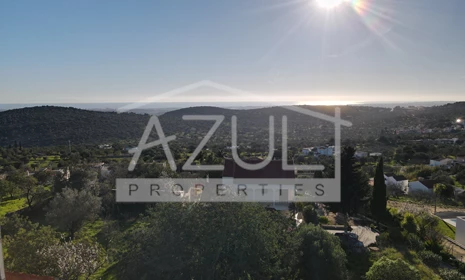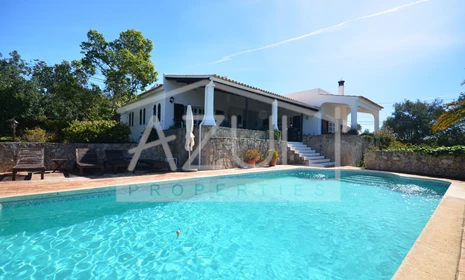
Caderneta predial explained
Every property (be it urban or rustic) that has been registered with the tax office in Portugal will have a caderneta predial, which is a useful document that contains a lot of information. There are two types of caderneta-urban (relating to buildings) and rustic (relating to land).
There is an example of an urban caderneta below, and the key areas have been numbered in red.


1. Identification
This section gives the district, council and freguesia (parish council). In addtion the registration number within the tax office (artigo matricial) and the details of the corresponding registration at the land registry (registo) are given. This is useful, as with these details you can obtain a copy of the land registry relating to the property.
2. Location
The location, including the post code, is given here.
3. Neighbours
Within this section, the names of each of the neighbours of the property are given. Unfortunately, when neighbouring properties are sold this information is not updated, so it is often out of date and about as much use as an ashtray on a motorbike.
4. Simple description
In addtion to a brief description of the property, here you have the type of use (afectação) which in this case is habitation, and the number of rooms (divisões). The number of rooms is not particularly useful as not all rooms are included.
5. Property areas
There are a number of different areas included in this section:
- Área total do terreno-total land area.
- Área de implantação-The area that the building occupies when considered from a birds eye view. So if the ground floor is 100 m2 and the first floor is 50 m2, this area is 100m2.
- Área bruta de construção-gross built area. As the tax office are measuring this (and using the m2 to calculate the tax payable) the area measured is around the outside of the building (and not the internal usable area, which is less). Using the example above, this would be 150m2.
- Área bruta dependente-buildings that form part of the main property. This is not clearly defined, but in practical terms annexes and other parts of the property that are not strictly part of the main living area are included here.
- Área bruta privativa-the sum of the gross area, less the área dependente
6. Calculation of rateable value
This section includes a detailed calculation, and this will be the subject of a separate article, as it is quite complicated.
Some of the main information is as follows:
- Ano de inscrição-year that the property was declared to the tax office
- Valor patrimonial-the rateable value, which is used to calculate the council tax (IMI), amongst other things
- Determinado no ano-when the rateable value was last calculated
At the bottom of this section there are details of the documents used to calculate the rateable value, and the date these were submitted.
7. Owners details
The name, fiscal number, address and percentage/quota of ownership are shown here.
8. Date of issue
The date that the caderneta predial was issued, and where/how it was issued
Other points
You may be wondering where all this information in relation to your property comes from. How do the finanças know so much about your house?
In most cases, the data on the caderneta predial comes from information given by the owner (or their representative) when declaring the details of the property to the finanças. One of the problems this creates is that the tax office accepts what is declared, and this is rarely verified. We regularly see errors (particularly in relation to the areas of a property) and this affects the rateable value and IMI due.
Also, when the information on the caderneta is incorrect this may then conflict with the information on the land registry. In theory, the descriptions on these documents should be identical (or at least very close to identical), so care should be taken with this information.
Rustic cadernetas
The majority of the information on cadernetas for rustic land is the same as an urban caderneta, as can be seen below. However section 4 is different as it contains details of the trees , in this case two almond trees (amendoeiras) and one carob tree (alfarrobeira)


